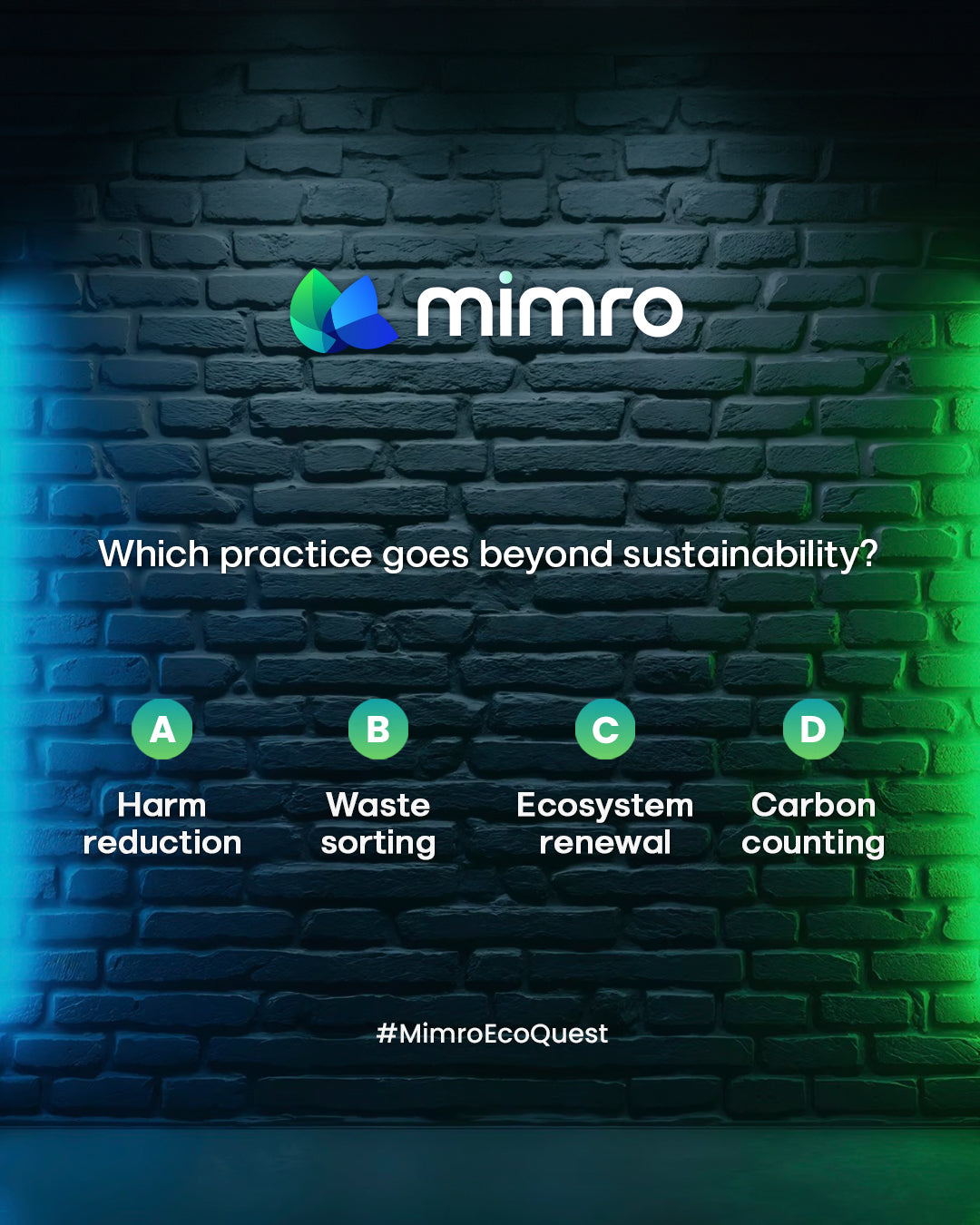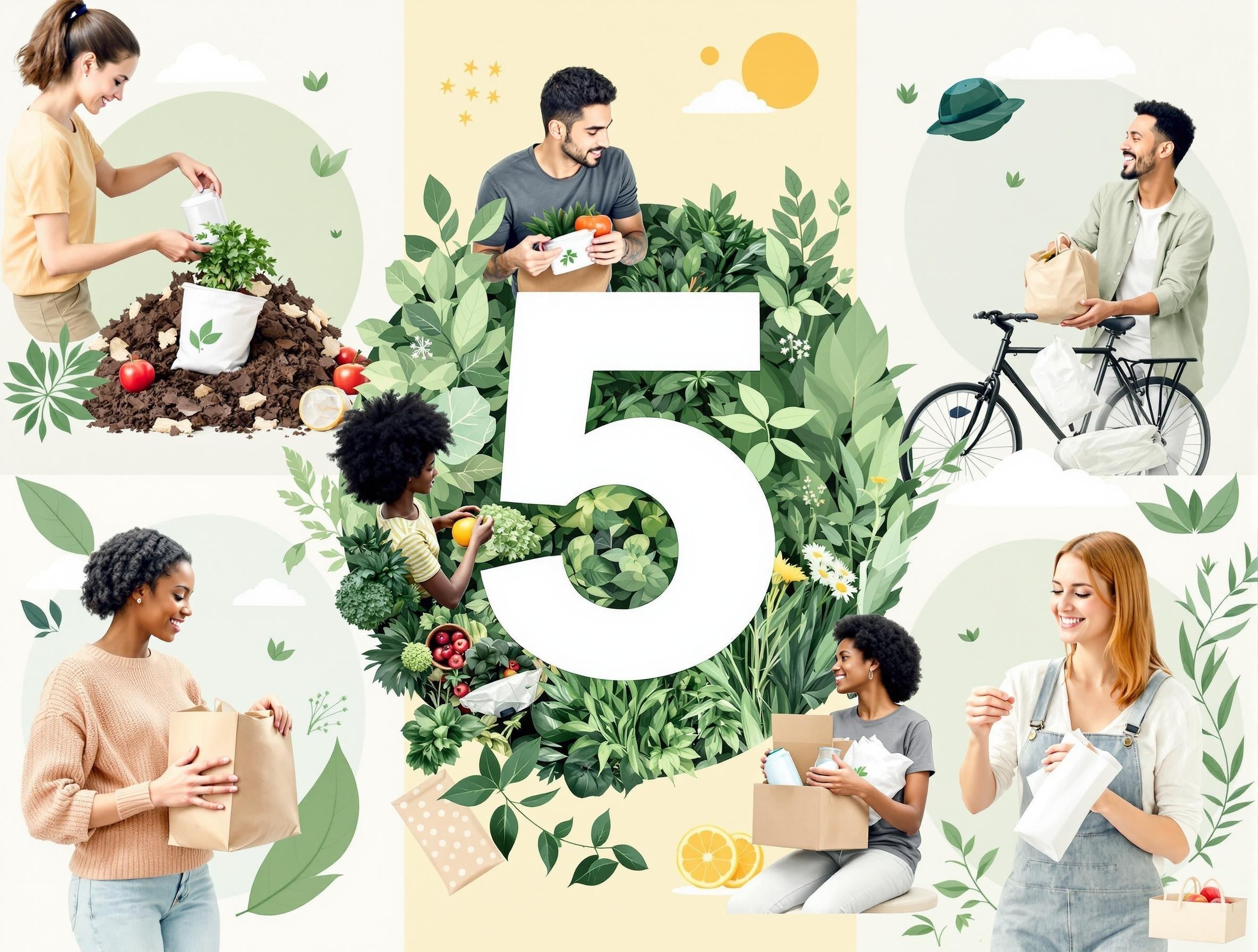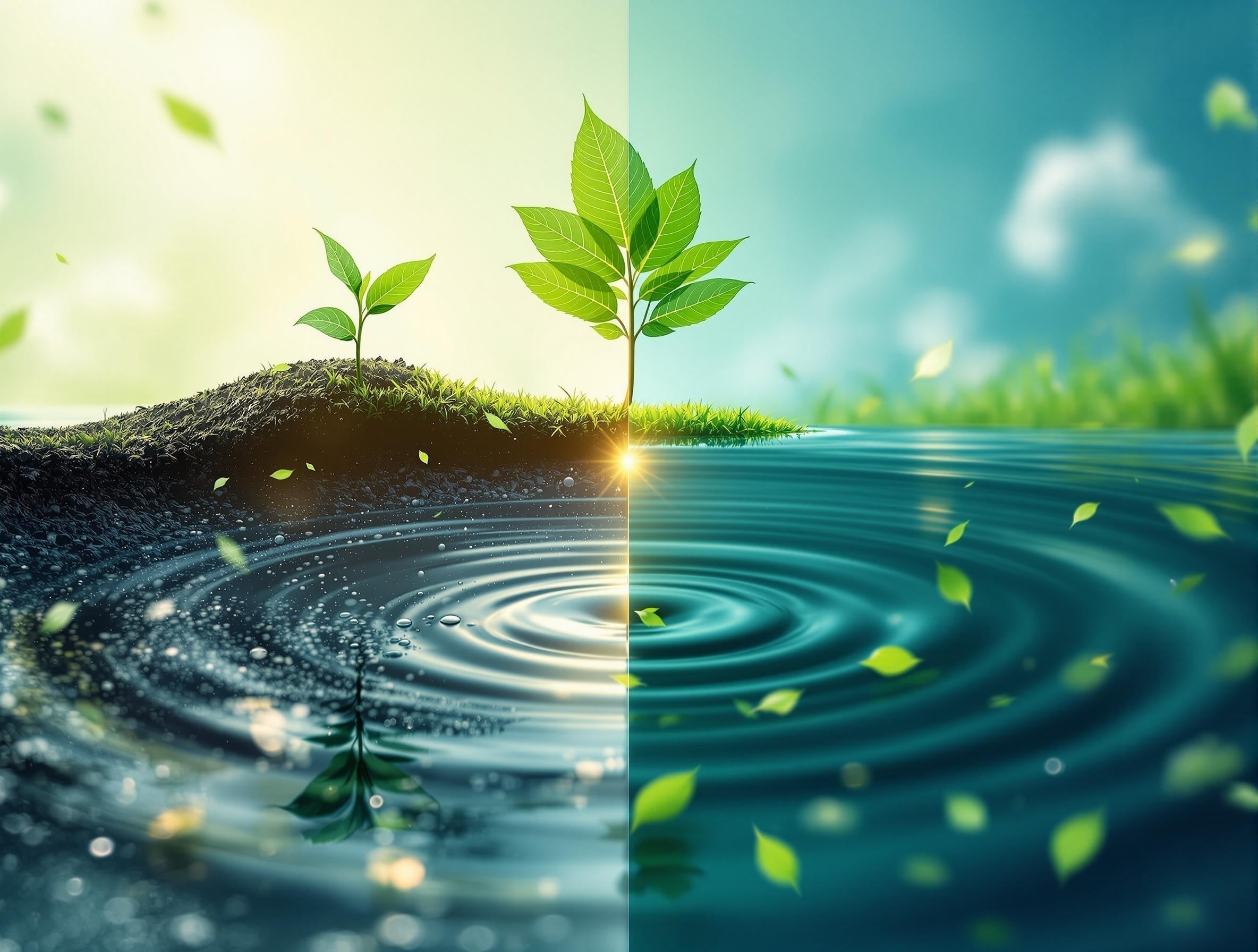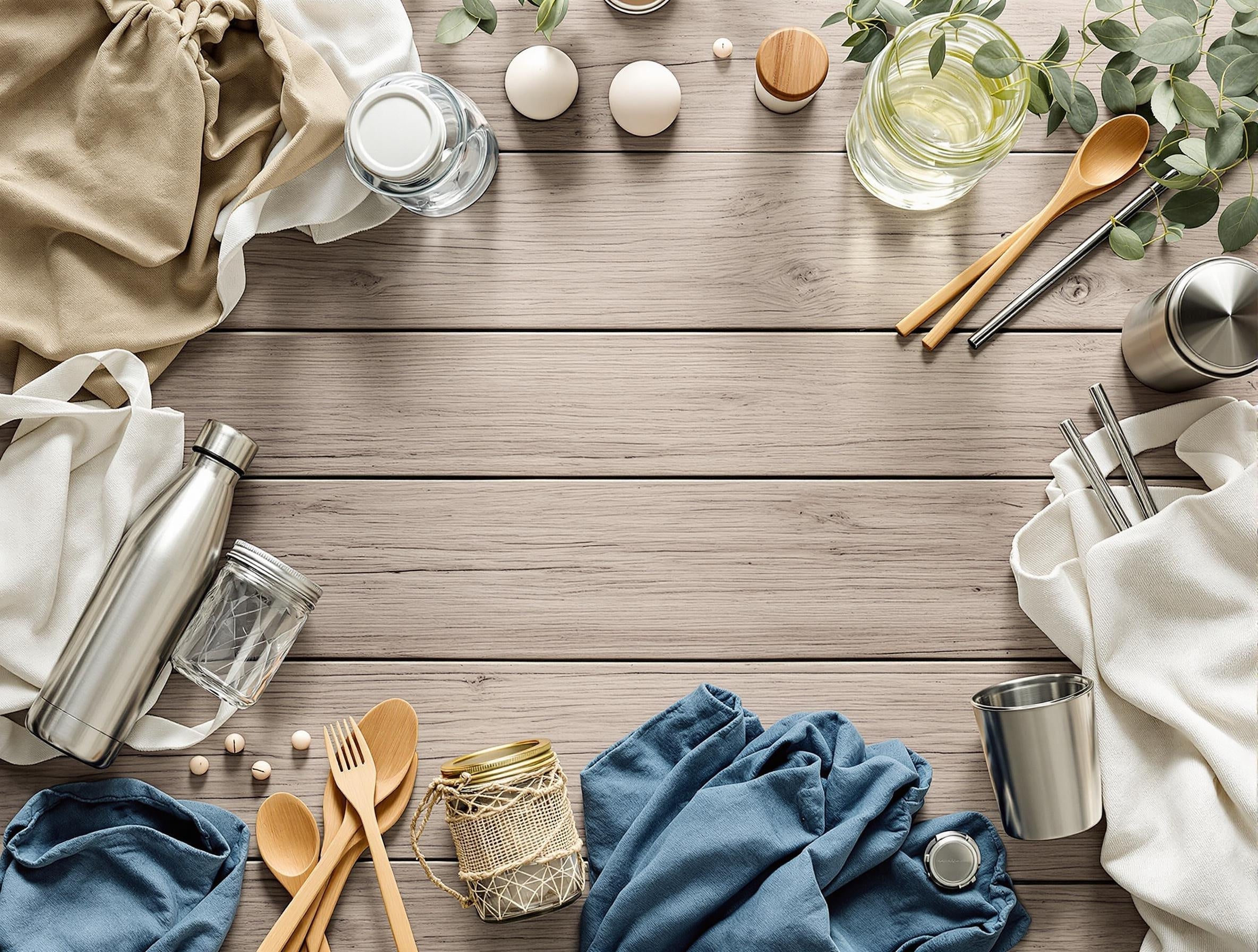New Blog Post
The Life Cycle of a Product: What Happens After You Throw It Away?
This store requires javascript to be enabled for some features to work correctly.
Play Eco Quest and see how small, fun choices can make a big impact on Earth!
🌍 Your new favorite eco find is here, and it's making sustainability look effortless!
Play Eco Quest and see how small, fun choices can make a big impact on Earth!
♻️This week's green hero proves planet friendly choices can be seriously stylish!

Play Eco Quest and see how small, fun choices can make a big impact on Earth!
✨The eco product you didn't know you needed but won't want to live without!
Play Eco Quest and see how small, fun choices can make a big impact on Earth!
Play Eco Quest and see how small, fun choices can make a big impact on Earth!
Play Eco Quest and see how small, fun choices can make a big impact on Earth!
Play Eco Quest and see how small, fun choices can make a big impact on Earth!

Published 13 November 2025 | 8 min read
Most of us toss things into the bin and move on. But what really happens after that moment? Where does “away” actually go? Every product you use has a life cycle from how it’s made to where it ends up, and understanding that journey can change how you shop, use, and dispose of items for good.
When we trace a product’s full story, we start to see the hidden costs of convenience and the opportunities to make smarter, more sustainable choices.
Every product begins with resources, metal, wood, cotton, plastic, or minerals, pulled from the Earth. This stage often carries the highest environmental impact, using large amounts of water, energy, and raw materials.
For example, manufacturing a single plastic bottle requires not only petroleum but also transportation, refining, and molding, all of which generate carbon emissions. Even before you touch the product, its environmental footprint is already significant.
Choosing items made from recycled, reclaimed, or renewable materials can dramatically reduce that impact. When you buy consciously, you’re voting for better production systems that respect both the planet and the people who make our goods.
Once a product enters your home, its longevity becomes part of its footprint. A reusable water bottle or cloth towel can replace hundreds of single-use alternatives, extending its usefulness and reducing waste.
The more durable and repairable an item is, the less often it needs replacing, meaning fewer resources are used overall. This is where quality and care go hand in hand.
mimro Tip: Choose products built to last. Look for materials like stainless steel, bamboo, or glass that maintain value over time.
When a product reaches the end of its life, its story isn’t over; it’s just changing chapters. Unfortunately, most items we throw “away” end up in landfills or incinerators. Plastics can take hundreds of years to decompose, releasing toxins and microplastics along the way.
Even recycling has its limits. Only a small percentage of what’s placed in recycling bins is actually repurposed, due to contamination or limited processing facilities. That’s why reusing and repurposing come before recycling in the waste hierarchy.
mimro Tip: Before tossing something, ask: Can I reuse this? Repair it? Donate it? Extending a product’s life by even a few uses can make a meaningful difference.
Circular design changes the narrative of waste. Instead of products being made, used, and discarded, they’re designed for renewal, through recycling, refilling, composting, or repurposing.
Imagine a cleaner bottle designed to be refilled endlessly, or packaging made from biodegradable materials that safely return to the soil. These innovations reduce dependence on virgin materials and cut waste before it begins.
When businesses and consumers embrace this model, the line between “product” and “resource” begins to blur, and sustainability becomes a system, not just a slogan.
mimro Tip: Look for packaging labeled compostable, refillable, or made from recycled content. Supporting circular products drives demand for responsible innovation.
Understanding a product’s life cycle shifts how we see ownership. Instead of simply using and discarding, we become stewards, responsible for the journey of what we bring into our lives.
Small actions add up: choosing reusable over disposable, refilling instead of repurchasing, and buying products with transparent sourcing. These choices send signals to industries to design better and waste less.
At mimro, we believe awareness leads to empowerment. By seeing the full picture of a product’s life cycle, you can make changes that not only protect the planet but also simplify your daily routine.
The products we use every day tell a story about who we are and what we value. When we choose items that last, that can be reused or responsibly recycled, we close the loop, creating a system where resources circulate rather than deplete.
Living this way doesn’t mean giving up convenience; it means redefining it. True convenience is finding value in what endures and purpose in what we choose.
By thinking beyond the trash bin, we can build a world where “away” doesn’t mean wasted, but renewed.
Published on July 3rd, 2025 | 4 min read We often hear that living more sustainably means driving less or...
Published on July 2nd, 2025 | 4 min read When it comes to climate change, it’s easy to feel like...
Published on 26th June | 5 min read Imagine this: one bottle, used over and over, eliminating the need for...
Published on July 3rd, 2025 | 4 min read We often hear that living more sustainably means driving less or...
Published on July 2nd, 2025 | 4 min read When it comes to climate change, it’s easy to feel like...
Published on 26th June | 5 min read Imagine this: one bottle, used over and over, eliminating the need for...




